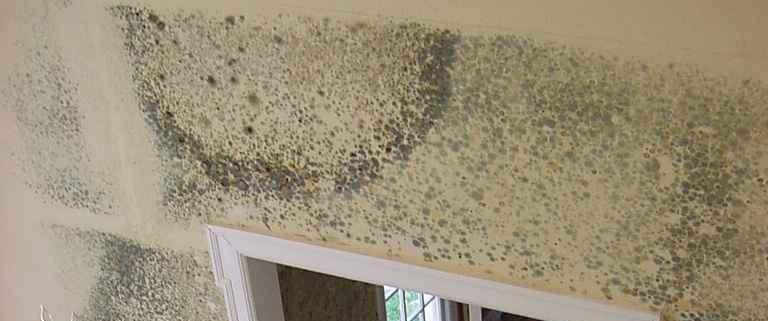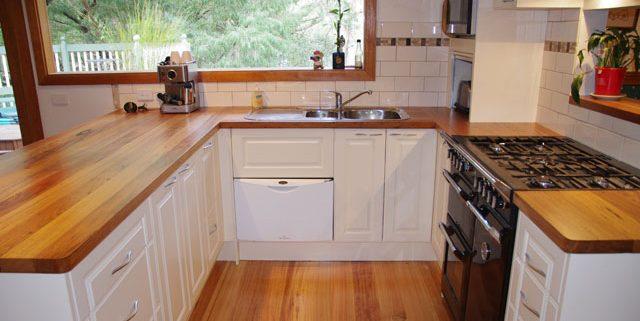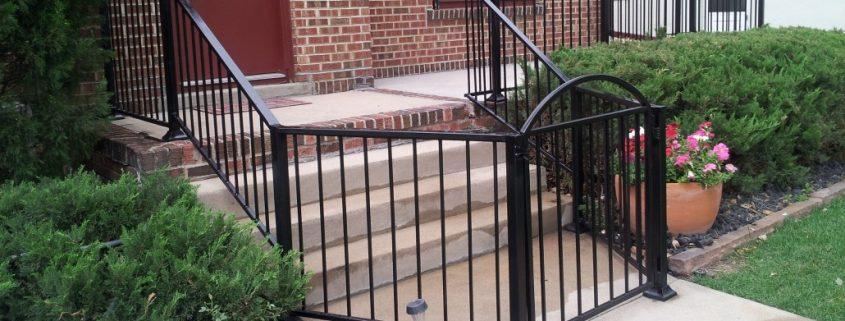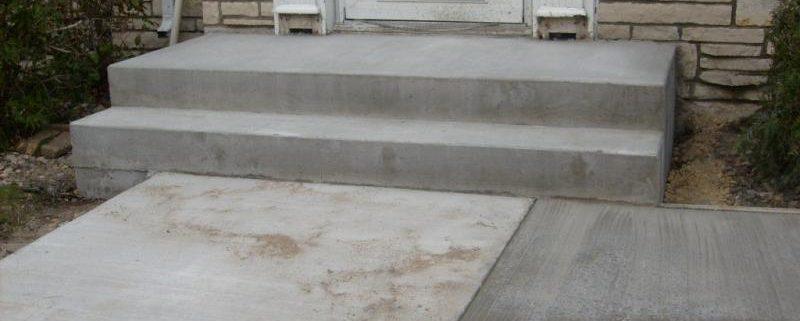5 important questions to ask yourself when you want to finish your basement
If your house is old, it’s very likely that it has an unfinished basement, with cold, bare concrete and exposed studs, and its main purpose currently is to hold all the junk you don’t really use. This doesn’t need be the case anymore, as it’s possible to finish your basement and turn it into a warm inviting space, just like any other part of your house.
But before you go about transforming your basement into a livable space, it’s important to take into account the challenges you might face. To do this, you have to ask yourself the following questions:
- Do you have a moisture problem?
If your basement is damp or has visible pools of water all the time or periodically, you have to get the problem under control before you start finishing up the space. Failure to do so could result in more problems in future, such as a weakened foundation and mold.
- Is your basement already connected to the main heating and cooling system?
If not, is it possible to tap into the existing system that is used to heat and cool the rest of the house? If this is not an option, will your budget allow for a new heating and cooling system? All these questions can be answered by a professional who specializes in installing heating and cooling units.
- Will the renovation interfere with ducts and piping?
If there are any pipes that run below the ceiling level, they might need to be moved, especially if they interfere with ceiling height.
- Is your ceiling high enough?
A quick check with your contractor or with the building department offices in your area, will reveal whether the ceiling of your basement is up to code. If you don’t have much headroom to begin with, using drywall might be the way to go as installing a suspended ceiling might diminish ceiling headroom.
- Has your house been checked for radon?
Some geographical locations have high amounts of radon in the soil. Radon is a radioactive gas and because it’s odorless and colorless, it’s difficult to detect. If tests reveal a high level of radon, house inspectors will advise on measures to take to make the basement habitable.












